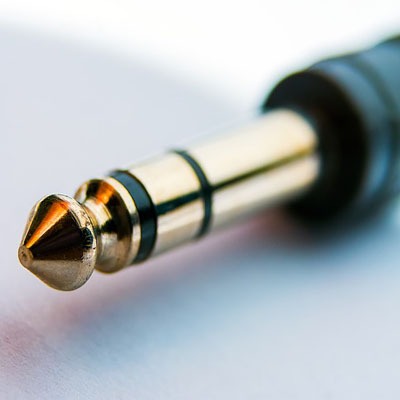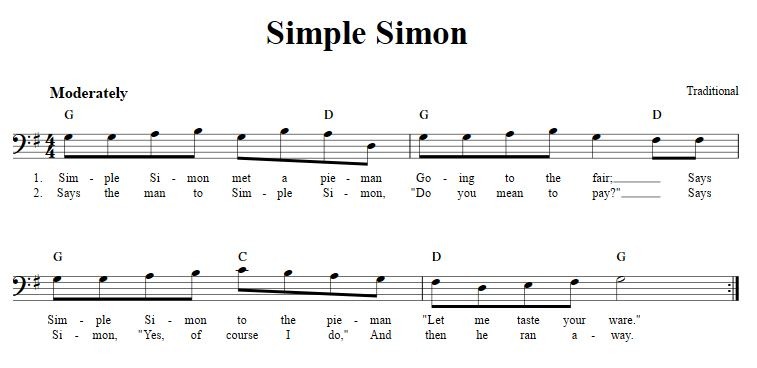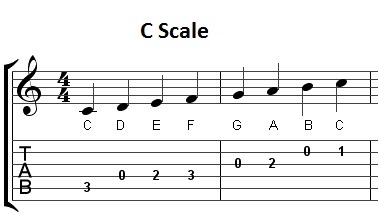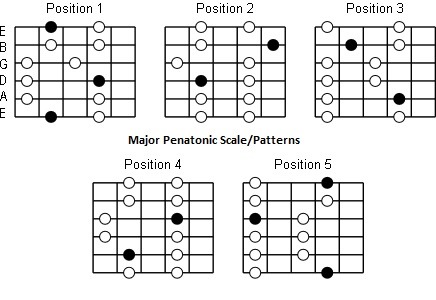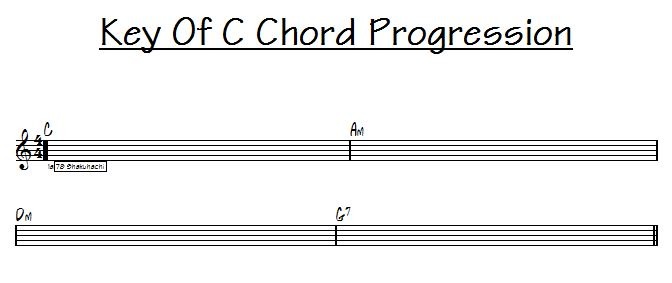How To Play Lead Guitar
This article discusses how to play lead guitar and what it takes
It will give instruction on what to do and explain different ways on how to play lead guitar
For a lot of guitarists, lead guitar is often thought of being quite mysterious, ‘how do they know which notes to play’
Often then combination of theory and technique discourages a novice of trying to play lead guitar
However with some guidance you’ll see there are techniques you can employ without having a great knowledge of the fretboard or music theory
All you need is a basic understanding of what playing lead guitar involves
What is Lead Guitar
Let’s start from the beginning
Lead guitar is a certain style of guitar that is performed by one of the guitarists usually in a band
Using the band as an example, each guitarists has a different role
For example in Rock music it’s common to have 3 guitarists in a band, The Bass Guitarist, The Rhythm Guitarist and the Lead Guitarist
The Bass Guitarist
They play a Bass Guitar which has only 4 strings
They play heavy low sounding notes with very few chords
The Rhythm Guitarist
They play a normal 6 string guitar
This type of guitar playing is usually based around chords and strumming
The Lead Guitarist
They too play a normal 6 string guitar
This type of guitar playing is usually focuses on single note lines and melodies (riffs, licks, solos etc)
They will break up the monotony of a song by adding a few riffs and notes here and there as well as some chords
A well rounded lead guitarist has good knowledge of the fretboard, patterns, chords and key signatures so they can not only play notes but can alternate chord voicings to the rhythm guitarist.
It is not uncommon for the lead guitarist to play a combination of lead and rhythm especially if they are they only guitarist in the band
If you want to learn how to play lead guitar well, you’ll need to know the fretboard, patterns, chords, arpeggios and key signatures
What Does A Lead Guitarist Do
Lead Guitarists will generally contribute to a song by playing a solo, but there’s much more to the role than just solos
As a Lead Guitarist you’ll need to be able to contribute throughout an entire song. Not just in the solo
A lead guitarist can drop in and out with complementary notes and melody lines which add to a song enormously
And not just with single notes, but with riffs, licks, arpeggios, triads (chords) and effects. Lead guitarists have a wide and varied choice of tools.
Feeling Overwhelmed On how To Play Lead Guitar?
Learning how to play lead guitar can seem daunting, but it’s great fun and like any challenge you just need to understand the basics
Anyone can learn how to play lead guitar when they understand basic principals
In this article I’ll what you need to know so that anyone can play lead guitar
How To Play Lead Guitar
In a nutshell, a lead guitarist plays notes that sounds good with the other music that’s being played.
What Information Does the Lead Guitarist Need To Know
In order for a Lead guitarist to sound good they’ll need to know the following things
- The key of the song
- The chords of the song
These things can be figured out quickly. I’ll explain later on how to do do
With this information the lead guitarist can:
- Play notes from a scale that is complementary to the key signature the music is in
- Play alternate chord voicings, arpeggios and triads based on the chords
From this you will know what notes you can play that will sound good
The Key of A Song
Music is made up of multiple key signatures
If we didn’t have all these key signatures then most songs would sound the same or be extremely similar
As a lead guitarist, once you’ve identified the song’s key, you can simply play away in the scale that complements the key. (We’ll cover scales later in this guide.)
When you play in a complementary scale you can feel safe that every note you play within that scale will sound OK
Some notes will sound better than others, but your worst case is that you’ll sound just fine
How To Identify The Key Of a Song
Here’s a simple method to identify the key of a song: 95% of the time
The key of a song is either the first or last chord.
For example:
If a song starts and finishes with the chord of C, then the key of the song is C. (Or to use its full title, “C Major”.)
If a song starts and finishes with the chord of Cm, then the key of the song is Cm.
What if a song starts or ends with a 7th chord?
Treat major sevenths (eg Cmaj7, Dmaj7) as major chords.
Treat minor sevenths (eg Am7, Cm7, Dm7) as minor chords.
Dominant sevenths (eg A7, C7, D7, E7) can sometimes work with both major and minor scales. (Try both of the scales and see what sounds best)
Some more examples:
If a song starts and finishes with the chord of Cm7, then the key of the song is Cm.
If a song starts and finishes with the chord of Cmaj7, then the key of the song is C. (AKA: “C Major”.)
If a song starts and finishes with the chord of C7, then the key of the song might be C major or C minor. (Try both of the scales and see what sounds best)
Once again: 95% of the time the key of a song is either the first or last chord.
Lets look at an Example
Can you tell me what key this song is in?
The first chord and last chord are G therefore it’s in the Key of G
This means the G scale can be applied to this piece of music (I’ll explain scales later in this article)
You can ignore the notes in this example, you’re only concerned with the chords
What if the first and last chords aren’t the same
Try both scales of either chord
Try the last chord first, as it will usually be the winner. Either way, you have a 50/50 shot at getting it right and you will quickly eliminate the wrong one
Are there other ways to work out a song’s key
Yes. There are loads of other ways to identify a song’s key
Using the example above the sheet music tells me the music is in the Key of G from the # symbol on the left had side next to the Clef
But for a beginner, it’s not really worth worrying about. (95% of the time, the first chord/last chord method above will work just fine.)
If you’ve correctly identified the song’s key the next step is to play the scale for that key.
If each note of the scale sounds ok over the song, then you nailed it. Well done!
I’ll cover scales very soon
Important note: Key’s can change
While learning how to play lead guitar you must remember this: There are no absolute rules in music
This means that a song can change key from moment to moment
About 90% of pop, contemporary and rock songs remain in one key for their entire duration. With Jazz and Blues sometimes being the exception
In that other 10% there are songs that have chords that don’t ‘fit’ into the same key of the rest of the song or have key changes that swing back and forth
Raising a song’s key during the outro is a common technique in pop music, but key changes are usually much more subtle than this type of ‘global’ raise
Sometimes, a song may switch key entirely for a bridge or chorus section and revert back to the established key during the verse
So there will be plenty of times when you think you have the key of a song nailed down only to find there’s a section in the song where the scale you’re playing doesn’t work
This means that learning how to play lead guitar can seem more difficult than it actually is
But stick with the principles we’ve covered here and you’ll pick it up quickly
And if you do want to know how to play these types of songs where keys change multiple times then check out guitar modes (this will be another lesson entirely)
Every piece of music is different and that variety is a big part of the joy of music. It’s all part of the fun
Scales
Understanding what scales are essential if you want to start to play lead guitar.
You don’t need to be a master. You just need to know the basics.
What is a Scale
A scale is a group of notes that belong to a key signature
When you apply these notes to a chord progression that to belongs to the same key signature you are able to produce beautiful sounds that just work well together
In theory you could also pick a bunch of random notes and call them the ‘random scale’ if you wanted.
However if this would work with a chord progression of a known key signature would be questionable
There are two established scales that prevail and that music theory is based on.
If you want to learn how to play lead guitar you need to know both.
The two scales every lead guitarist should know
There are two scales that you MUST know if you want to learn how to play lead guitar:
The major scale
The minor scale
Both of these scales have 7 different notes in them.
1, 2, 3, 4, 5, 6, 7
The example below is the C scale
If you were to play these notes in any order over chords that belong to the key of C then they would just work
example of chords that belong to the key of C are:
C Dm Em F G7 Am
To make things easier these scales can be represented as patterns
So rather than memorizing the notes you can memorize the pattern and start on the root note of the key you are trying to play in
Patterns
For those of you who don’t want to learn notes on the fretboard, scale patterns are your answer
There are many patterns that exist however a good starting point for beginners in the penatonic scale
The Penatonic scale is available for both Major key signatures and Minor
It’s a simplified version of the full scale as it only contains 5 notes
Let’s put it into practice
The Major Penatonic Scale
I’ll only cover the Major Penatonic Scale. You’ll be able to apply this theory to other scales and the Minor scales
The image below represents the Penatonic Scale of the Major Keys
You can see there are 5 patters to learn, each with a different starting point (root note)
The solid circles in the diagram are the root notes
Let’s Put it into Practice
Now, we will need some knowledge of the fretboard to find our starting point
This means we’ll need to know some notes
If this scares you then you can always print a diagram of the fretboard and use it as a reference
Let’s say you want to play lead guitar over a piece of music that’s in the key of C
You could in theory choose any one of these patterns and start on the right root note however to demonstrate I’ll use position 4
This means that I’ll need to find the C on the fifth string, so referencing my print out this happens to be on the third fret of the fifth string
I’d then practice the pattern and voila any chord progression that’s in the key of C you can apply this pattern and it will just
Or if you want variety you may also use pattern 1, once again referencing my fretbnoard diagram we discover that there is a C on the eight fret of the sixth string
So we do the same thing again, we learn the pattern and voila you can use this pattern over any chord progression that is in the Key of C
Some times guitarists might move between patterns of the same key to mix things up
Finally
I hope you have found this article useful
I’d like to now remind you as you continue your guitar learning journey of the facets that contribute to being a great lead guitarist, they are:
- Knowledge of the fretboard
- Scales and Patterns
- Chord Arpeggios
- Music Theory
Please feel free to leave any questions or feedback in the comments section below
